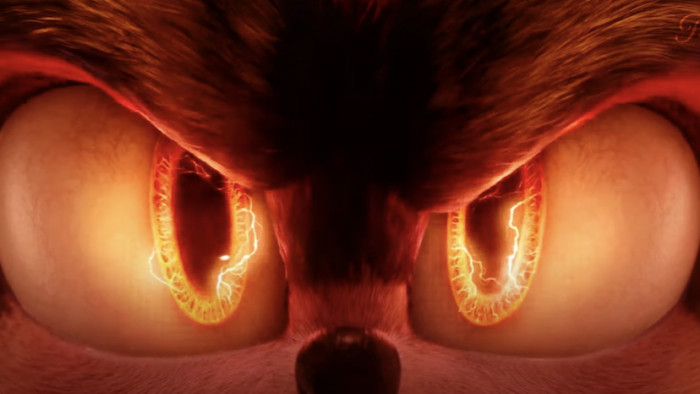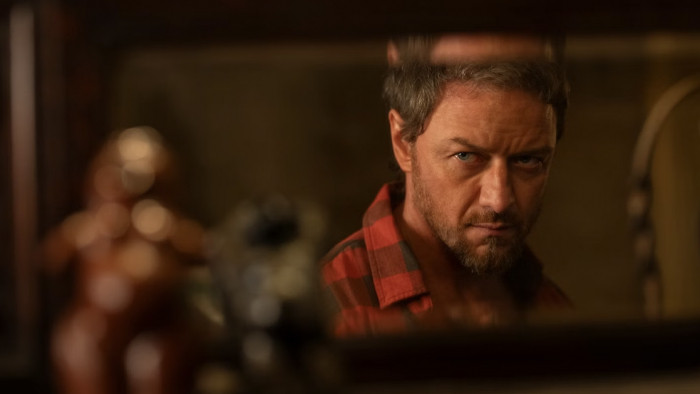It might sound like something straight out of Jurassic Park but there’s a growing scientific movement trying to bring back extinct creatures from the dead. Unfortunately (or maybe fortunately depending on how you look at it) they’ve not got onto dinosaurs yet; instead, researchers are looking into more recently killed-off creatures like the Tasmanian tiger and the quagga as prime ‘de-extinction’ candidates.
Although the process of ‘de-extinction’ is controversial, with some scientists questioning whether it’s a good use of resources, the idea has become popular in biotech and conservation circles, according to Quartz.
These are four of the creatures being considered for de-extinction:
Thylacine (Tasmanian tiger)

The thylacine looked like a large dog, with stripes, according to the Tasmania Parks and Wildlife Service. Fully grown it measured about 180 cm (6ft) from nose to tail tip, stood about 58 cm (2ft) high at the shoulder and weighed up to 30kg.
The arrival of European settlers marked the start of a tragic period of conflict that led to the thylacine’s extinction. In 1936, the world’s last captive thylacine died in Hobart Zoo and in 1986 the creature was declared officially extinct.
But in 2008, Dr Andrew Pask from the University of Melbourne revealed how he had extracted DNA from a preserved thylacine and injected it into mouse embryos, which grew normally, triggering hopes that the animal could be restored.
Quagga

The quagga was a mammal, closely related to horses and zebras, according to University of California Museum of Paleontology.
It had a yellowish-brown colour with stripes only on its head, neck and forebody. The quagga was native to desert areas of the African continent until it was exterminated in the wild in the 1870s. The last captive quaggas died in Europe in the 1880s.
The Quagga Project, started in 1987, is an attempt by a group of dedicated researchers in South Africa to bring back the animal from extinction by natural selection and reintroduce it into reserves in its former habitat.
Gastric-brooding frog
This frog, native to Australia, went extinct in the mid 1980s. They were known for their strange reproduction method where the mother would convert her stomach into a womb, swallow her eggs and give birth through ‘propulsive vomiting’.
In 2013, scientists tried to clone the frog by implanting a cell nucleus from a dead gastric-brooding frog into a live egg from another frog species. They hope this will eventually lead to the resurrection of the creature.
Heath hen

The heath hen was a species of Prairie chicken found on the sand plains of the Northeast United States that went extinct in 1932.
There’s lots of DNA available from specimens in museums making it a good de-extinction candidate. A conservancy group founded by Stewart Brand and Ryan Phelan is now interested in restoring the bird through genetic technology.
(Images: iStock / Wikipedia / Biodiversity Heritage Library / Universal Pictures)
Latest
Related Reviews and Shortlists










